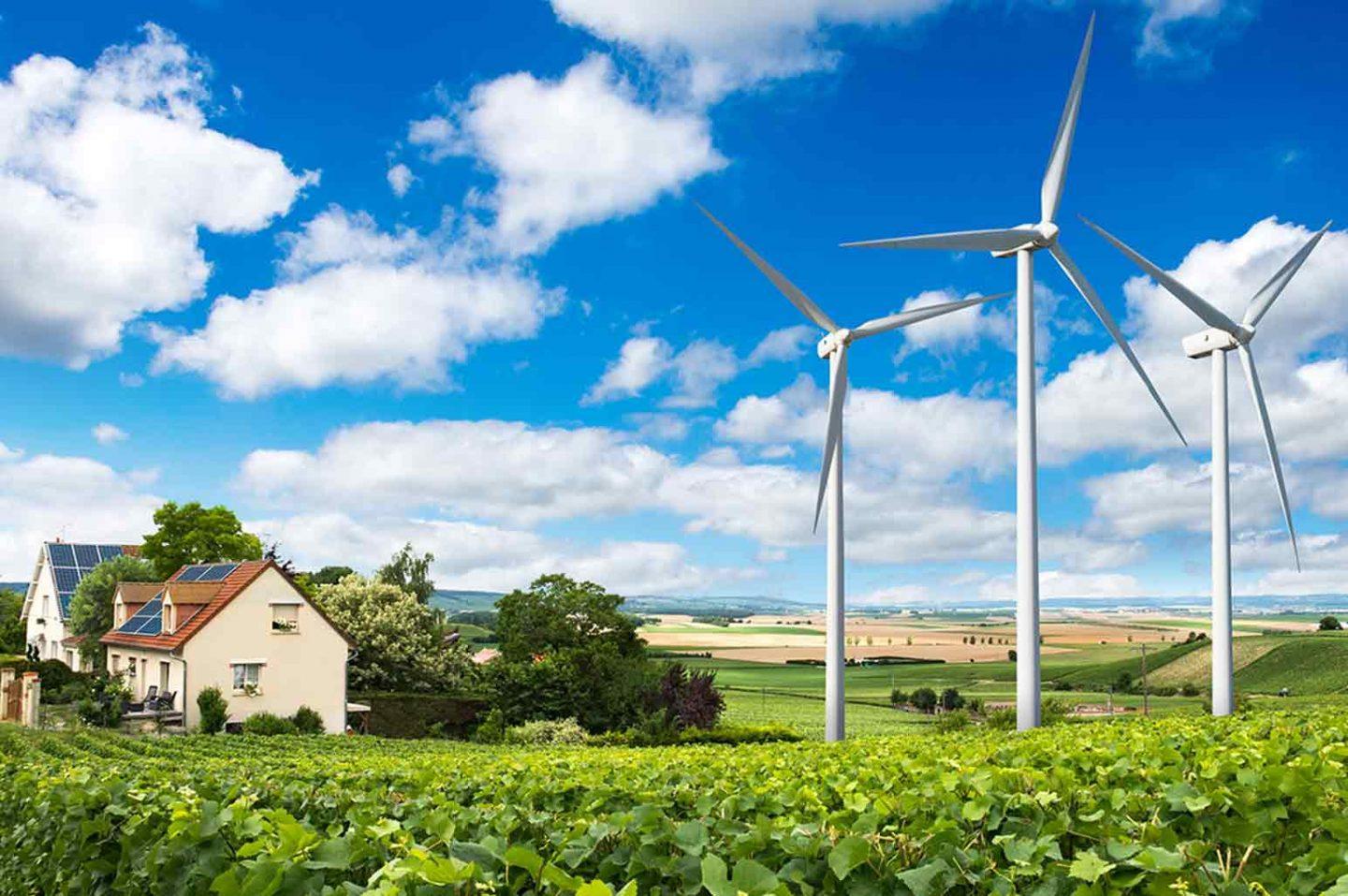A few decades ago, clean energy systems were only viable for industries and big corporations. That has totally changed. Today, the systems are super-efficient and affordable even to small households. In fact, governments provide various incentives to push homeowners to switch to clean energy.
In today’s guide, we will take you through some of the best green energy options that you may want to consider for your home.
Let’s get started.

- Solar Panels
Photovoltaic solar technology is one of the most common residential clean energy systems. While its popularity has only increased in the last decade or so, this tech has been around since the 1950s. Over the years, solar power technology has improved dramatically. The prices have dropped significantly.
What makes them even more enticing is the fact that they attract tax credits. And if you end up generating more power than you need, you can make money off the excess energy by selling it to the grid.
Residential solar panels come in two types; monocrystalline and polycrystalline panels. Polycrystalline panels are more affordable, but they might not be as efficient as monocrystalline panels.
Besides the panels, your solar power system must also have an inverter, rack, storage unit, and monitor.
Inverters are responsible for converting the direct current generated by the panel to the alternating current required for household use. The experts at Shoalhaven Solar report that there are three types of inverters to choose from; string inverters, power optimizers, and microinverters. They come at different prices and deliver varying performance, so you have to choose wisely.
Solar racking is the platform onto which the panels are mounted. The racks can be used on the roof, poles, or ground.
A storage unit is necessary if you want to benefit from your panels, even when the sun is not shining. The unit, batteries, will store electricity during the day and feed it to your home at night.
Meters are used to monitor the performance of the solar power system.
- Solar Shingles
Solar shingles are a great option if you are building a new home or changing your roofing. The shingles work pretty much like any other roofing solution, except they have a photovoltaic system that generates power. In other words, this is a two-in-one system. It puts a roof over your head and powers your home with clean energy.
The biggest challenge with solar shingles is the price tags. These systems are pretty expensive.
For the price, you get an easy-to-install system that looks amazing. Also, tax incentives will reduce the installation cost.
- Residential Wind Turbines
Wind turbines are slowly making their way into households. Residential turbines are smaller in size than the typical open-field turbines we’re all familiar with. This makes them easier to install, even when you have a reasonably small property.
The tradeoff is that those small turbines do not generate a lot of electricity. Therefore, they may not be enough to meet all your energy needs.
For that reason, some homeowners opt to connect their wind systems with the grid. The grid will help you get the energy you need when the wind power system falls short.
Like solar energy, wind power systems can also make you cash. But this will take quite a long time unless you have an excellent system or low energy consumption. In the meantime, check if you qualify for some federal and state tax credits.
- Microhydropower
As the name suggests, micro hydropower is a small-scale hydropower system. It can be used to generate energy for a household, farm, etc. All you need is flowing water, a turbine, a waterwheel, and a pump.
A micro hydropower system can produce up to 100kW of electricity. And if the water is consistent, you’ll generate lots of electricity at a lower cost than both wind and solar systems.
Microhydropower can be installed on or off the grid depending on your energy needs and personal preference.
The obvious drawback of this system is you need flowing water on your property.
- Hybrid Systems (Wind And Solar)
All the options we’ve discussed so far can be connected with the grid to supplement energy requirements. So, what if you want to go off-grid completely and one system is not enough for your needs?
The hybrid system is designed for this very purpose. This system combines solar and wind to ensure you have the lights on at all times.
The system is very consistent. Remember, wind speeds are usually low during summer. Therefore, the solar system will compensate for the underperforming turbines. In the winter, wind speeds will peak, and this will generate the electricity you need as your solar panels take a break.

A renewable energy system is an investment that pays for itself. It may take 5, 10, or more years, but at some point, you’ll get all your money back and start enjoying the power for free.
